The Enduring Symbolism of Baby Jesus Images in the Christmas Narrative
Related Articles: The Enduring Symbolism of Baby Jesus Images in the Christmas Narrative
- All I Want For Christmas Is Your 2024
- A Town Without Christmas: A Heartwarming Holiday Tale
- Adorn Your IPhone With The Most Aesthetic Christmas Wallpapers For 2024
- A Christmas Carol 2024 DVD: A Timeless Tale Reimagined For A New Era
- All I Want For Christmas Is You: The Yellow Rabbit Of 2024
Introduction
In this auspicious occasion, we are delighted to delve into the intriguing topic related to The Enduring Symbolism of Baby Jesus Images in the Christmas Narrative. Let’s weave interesting information and offer fresh perspectives to the readers.
Table of Content
Video about The Enduring Symbolism of Baby Jesus Images in the Christmas Narrative
The Enduring Symbolism of Baby Jesus Images in the Christmas Narrative

Introduction
The image of Baby Jesus, nestled in a manger surrounded by adoring shepherds and wise men, has become an iconic symbol of the Christmas season. These depictions have played a significant role in shaping our understanding and celebration of the birth of Christ, serving as a tangible reminder of the central figure in the Christian faith. As we approach Christmas 2024, let us delve into the rich history, symbolism, and enduring impact of Baby Jesus images.
Historical Origins
The earliest known depictions of Baby Jesus date back to the 3rd century AD, found in the catacombs of Rome. These simple images, often carved into stone or painted on walls, portrayed Jesus as a young child, wrapped in swaddling clothes and lying in a manger. Over time, the iconography evolved, influenced by cultural and artistic traditions from various regions.
In the Byzantine Empire, Baby Jesus was often depicted as a regal figure, seated on a throne and adorned with gold and jewels. In Western Europe during the Middle Ages, the image of the "Christ Child" became popular, emphasizing the human and vulnerable aspects of Jesus’s infancy.
Symbolism and Meaning
The image of Baby Jesus is laden with symbolism that has resonated with Christians throughout history:
- Humility and Simplicity: The manger, a humble feeding trough, represents the simplicity and poverty surrounding Jesus’s birth. It reminds us that God chose to come to Earth in a vulnerable and unassuming way.
- Divine Incarnation: The baby in the manger symbolizes the incarnation of God in human form. This central tenet of Christianity teaches that Jesus is both fully human and fully divine, bridging the gap between heaven and earth.
- Hope and Joy: The birth of Jesus brings hope and joy to the world. The image of Baby Jesus reminds us of the promise of salvation and the possibility of a new beginning.
- Love and Sacrifice: The love of God is evident in the birth of Jesus, who came to sacrifice himself for the redemption of humanity. The image of Baby Jesus evokes feelings of gratitude and devotion.
Cultural Impact
Baby Jesus images have had a profound cultural impact, shaping Christmas traditions and celebrations worldwide:
- Nativity Scenes: The tradition of creating nativity scenes, depicting the birth of Jesus in a manger, originated in the 13th century. These scenes, often elaborate and detailed, have become a beloved part of Christmas decorations, bringing the story of Jesus’s birth to life.
- Christmas Carols: Many beloved Christmas carols, such as "Silent Night" and "Away in a Manger," feature lyrics that focus on the image of Baby Jesus. These songs help to convey the message of hope, joy, and love associated with his birth.
- Christmas Art and Literature: Baby Jesus images have been a popular subject for artists and writers throughout history. From Renaissance masterpieces to modern-day illustrations, these depictions have captured the imagination and inspired countless works of art and literature.
Contemporary Interpretations
In contemporary times, Baby Jesus images continue to evolve, reflecting the diverse cultural and artistic sensibilities of the 21st century. Some artists have chosen to depict Jesus as a child of color, challenging traditional representations and emphasizing the universality of his message. Others have used contemporary materials and techniques to create unique and thought-provoking interpretations of the classic iconography.
Conclusion
The image of Baby Jesus, nestled in a manger, has become an enduring symbol of the Christmas narrative. Its rich history, symbolism, and cultural impact have shaped our understanding and celebration of the birth of Christ. As we approach Christmas 2024, let us reflect on the profound meaning of this iconic image and allow it to inspire us with hope, joy, and love. May the spirit of Baby Jesus guide us throughout the holiday season and beyond.

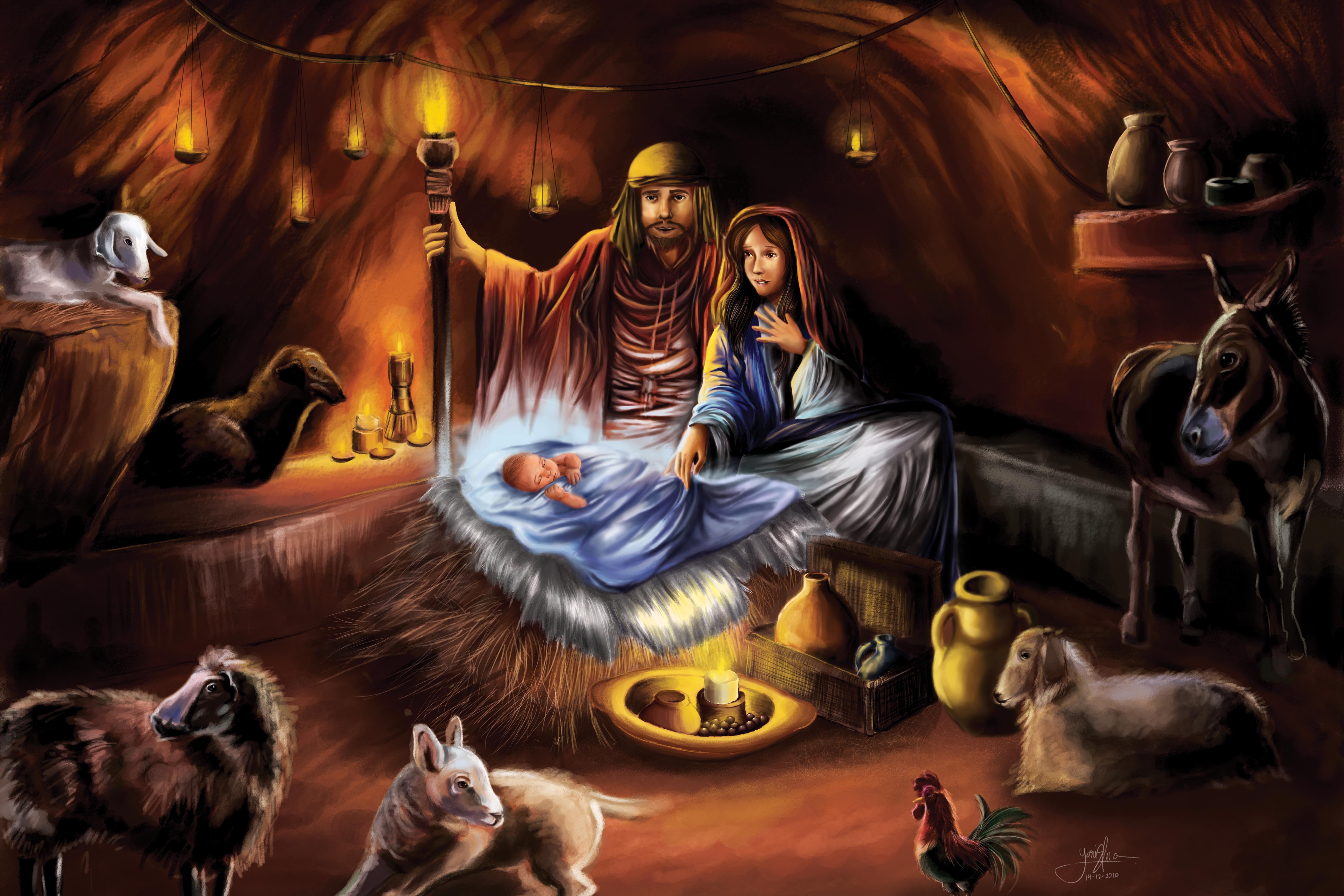
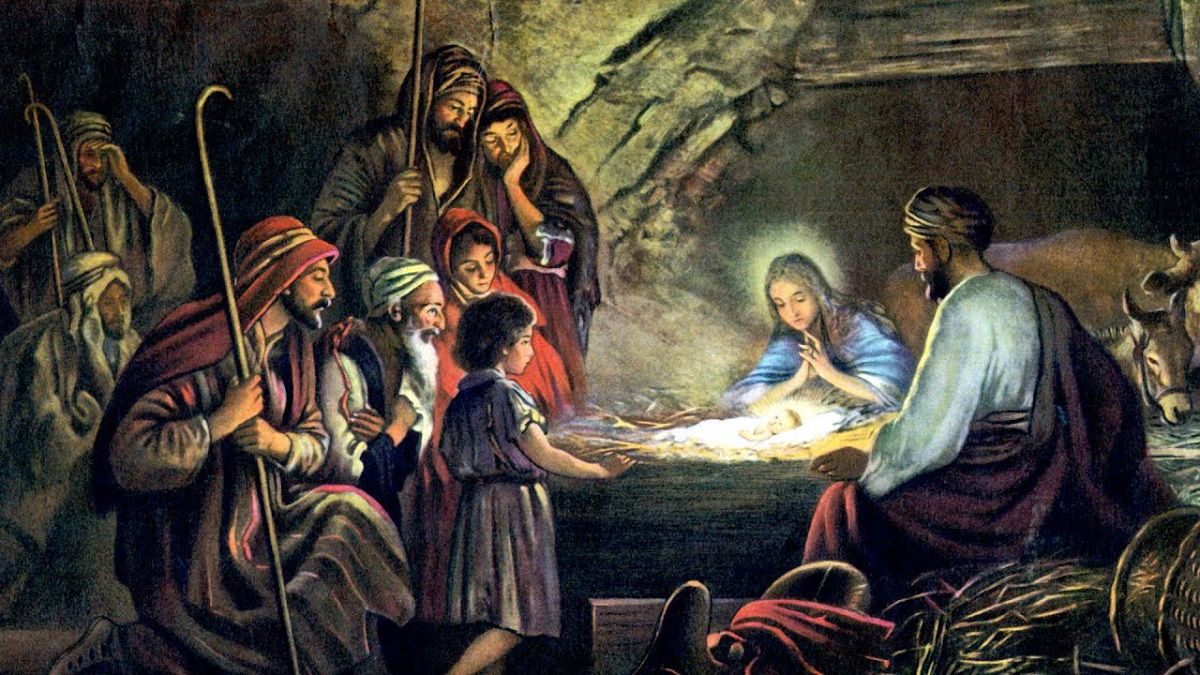
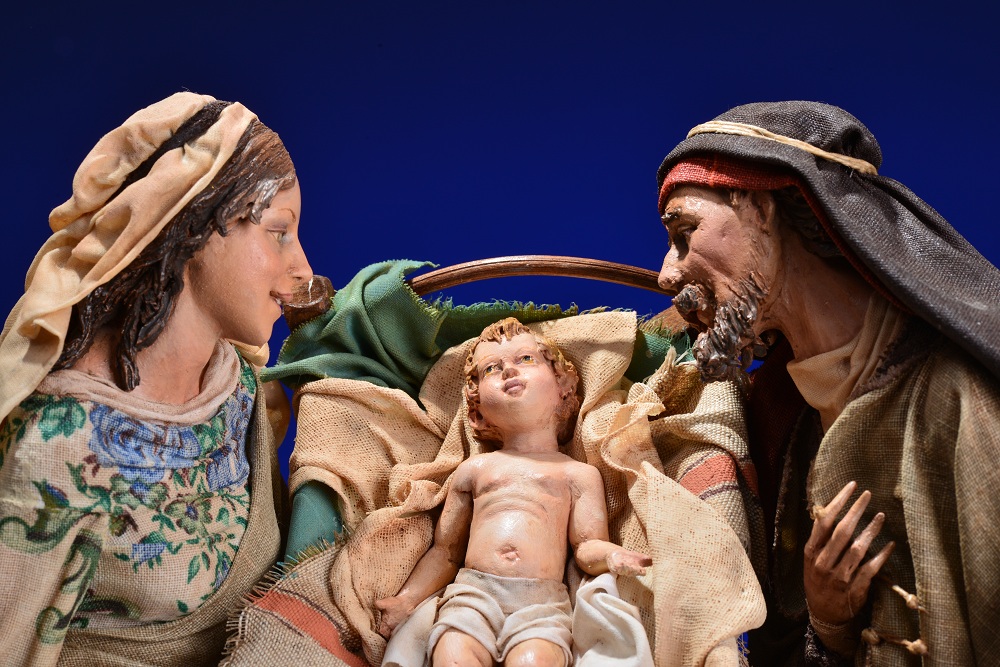

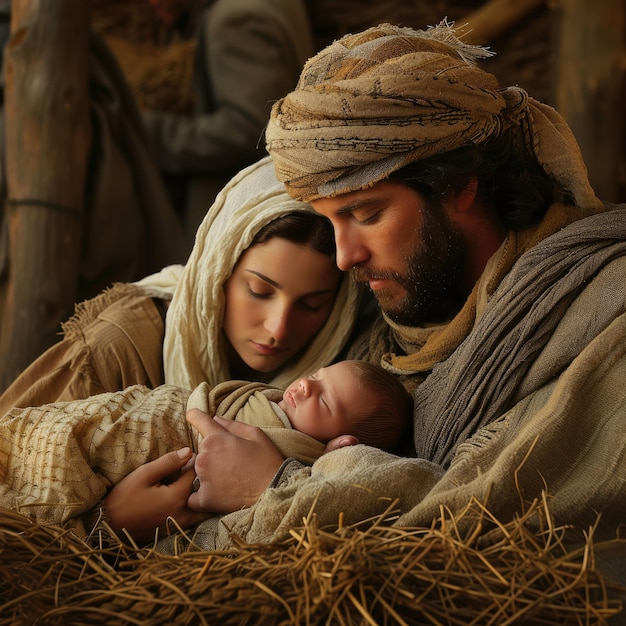

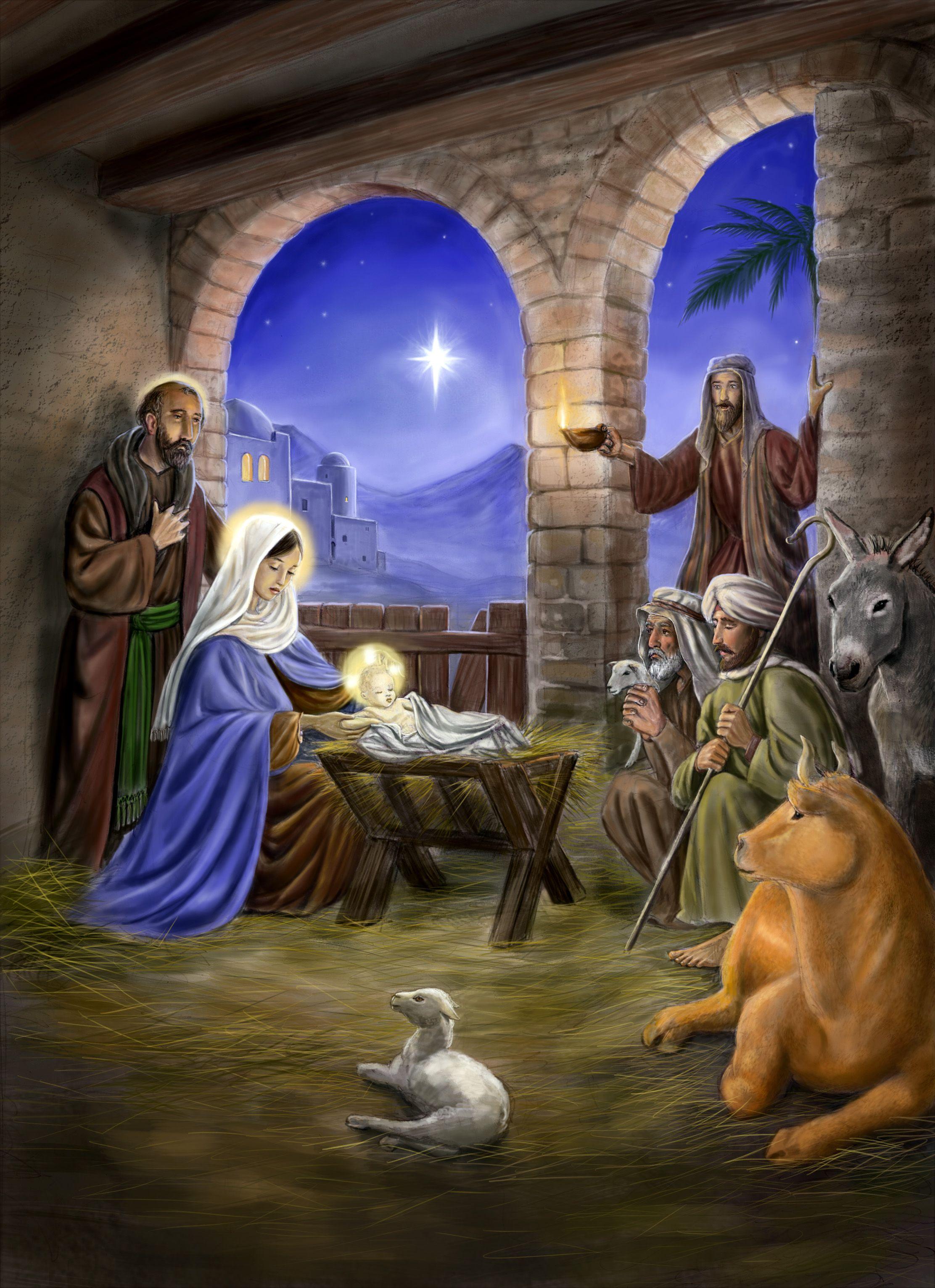
Closure
Thus, we hope this article has provided valuable insights into The Enduring Symbolism of Baby Jesus Images in the Christmas Narrative. We thank you for taking the time to read this article. See you in our next article!